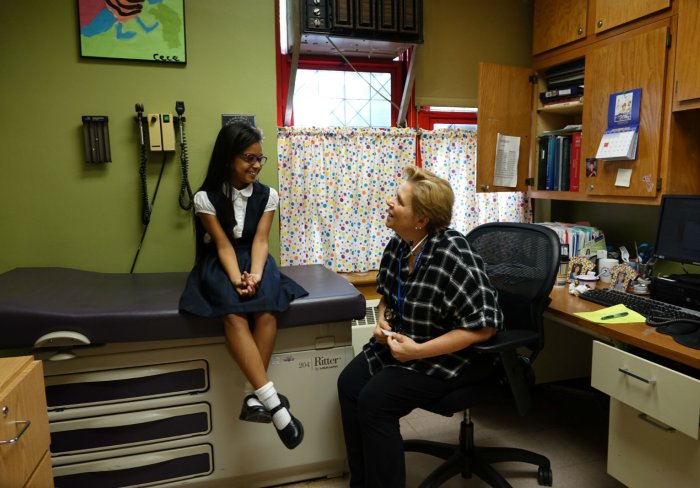As parents and children head “back to school,” the landscape looks very different this year. But one thing hasn’t changed: the importance of ensuring kids are up-to-date on their required vaccinations.
Vaccinations, also called immunizations, are shots that children get in order to be protected against certain illnesses. Staying up-to-date on vaccinations helps keep children, families, and communities safe from potential outbreaks of serious diseases. Unvaccinated children are more likely to catch and spread highly contagious illnesses such as whooping cough and measles.
“New Yorkers did such a wonderful job in the spring to lower the spread of COVID in our communities. But sheltering-in had an unintended impact,” said Children’s Aid Chief Medical Officer, Lisa B. Handwerker. “Up to 40% of children in New York City fell behind in their recommended vaccinations. And vaccines are the best way to prevent serious illness in children.”
To ensure your children are up-to-date on their vaccinations, by the time they enter kindergarten, required vaccinations will include:
- MMR (measles, mumps, rubella)
- Polio
- DTaP (diphtheria, tetanus and pertussis)
- Chickenpox/varicella
- Hepatitis B
- Meningitis
- A yearly flu shot (for children in child care, preK or 4K)
“It is critical as part of our back-to-school efforts, families understand the importance of seeing their health care provider now to get the vaccines they may have missed,” said Dr. Handwerker. “They may not know that all school vaccine requirements remain in place. Whether their children are fully remote or going back to school in a blended model, the New York State and City Departments of Education still requires that all vaccines are up to date.”
In addition to getting children up-to-date on their vaccinations, parents should also ask for the flu vaccine. This season, influenza vaccination – recommended for everyone 6 months and older without medical contraindications – is vital to help protect vulnerable populations and reduce the burden of respiratory illnesses and hospitalizations during the COVID-19 pandemic.







